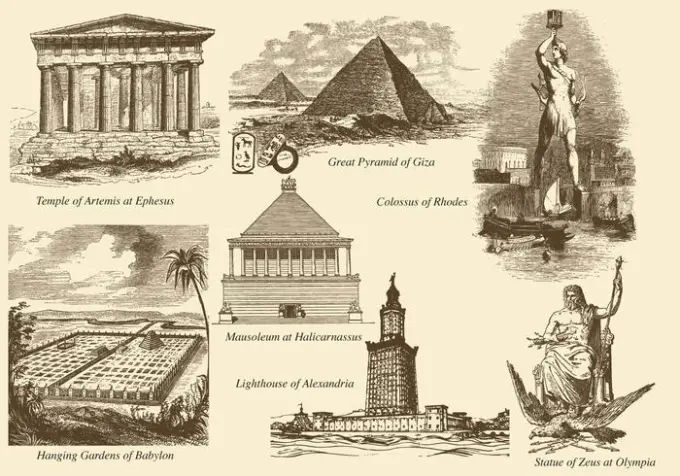Elections and Constitution
2005 General election
Bolivia held Presidential elections on 18 December 2005. Juan Evo Morales Ayma, of Movimiento al Socialismo (MAS), was elected President of Bolivia with 53.74% of the vote. He was followed by Jorge Quiroga, of the right-wing Poder Democrático Social (PODEMOS), which achieved 28.59% of support; Samuel Doria Medina, of the centrist Frente de Unidad Nacional (UN), with 7.8% of the vote; and Michiaki Nagatani Morishita, of the right-wing Movimiento Nacionalista Revolucionario (MNR), with 6.47%. This was the first time a candidate had received an absolute majority since the flawed 1978 elections. Morales was sworn in on 22 January 2006 for a five year-term. Continue reading “2019 Bolivian coup d’état”










